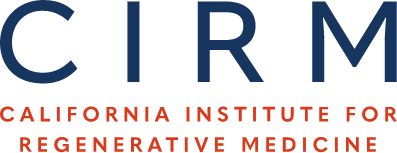Embryonic-Derived Neural Stem Cells for Treatment of Motor Sequelae following Sub-cortical Stroke
A stroke kills brain cells by interrupting blood flow. The most common “ischemic stroke” is due to blockage in blood flow from a clot or narrowing in an artery. Brain…



